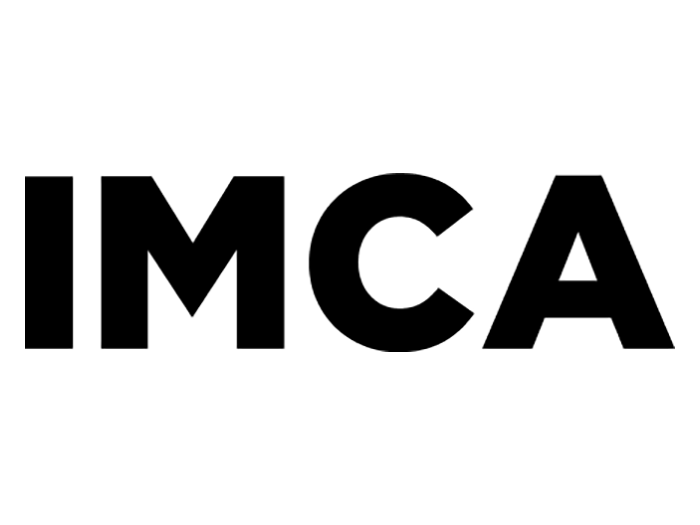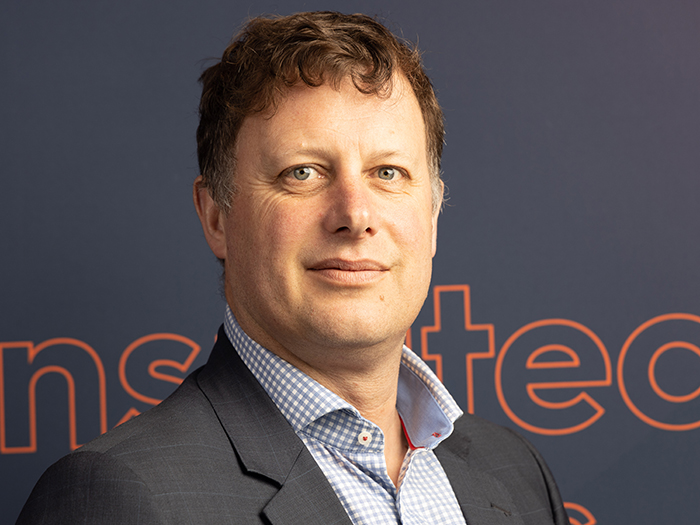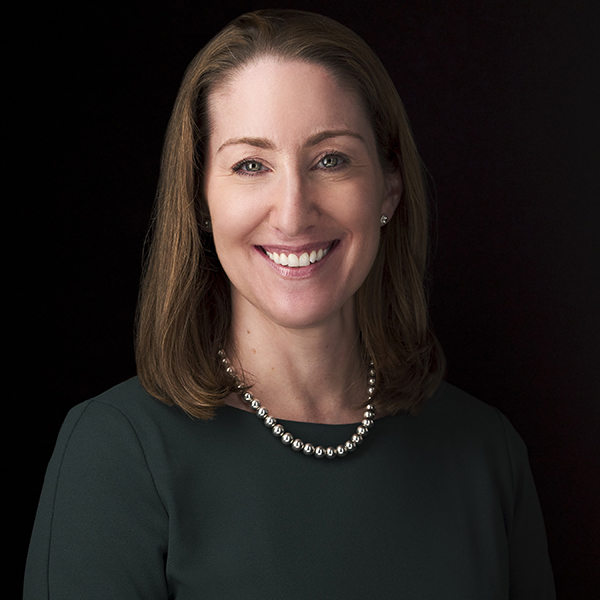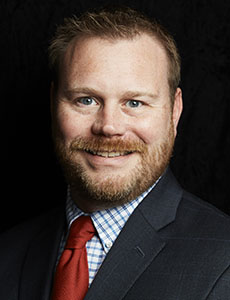Sponsored: Carisk Partners
Three Steps to Solve Unresolved Claims: How a Data-Driven, Clinically Validated Approach Helps Injured Workers Heal
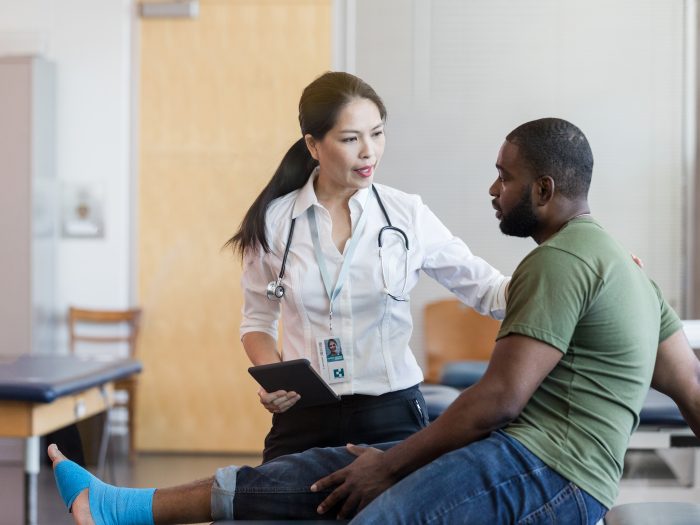
Workers’ compensation case management has historically called for a continual balancing of quality of care versus cost — a give-and-take influenced by a number of factors including evidence-based clinical guidelines, employer claim philosophies, and state regulations, among others. It can be a complicated dance.
Even when treatment decisions appear clear-cut, there is no guarantee that they will yield success. Sometimes, injured workers just don’t get better.
“There are thousands of claims out there that end up well outside of the normal duration of recovery. Nearly every workers’ comp payer has a giant book of business of older claims,” said Joseph Berardo, Jr., Chief Executive Officer, Carisk Partners.
Unresolved claims drive a disproportionate percentage of total cost, baffling adjusters and leaving injured workers with no clear path forward.
The truth is that the traditional approach to workers’ comp care doesn’t always align with the realities of recovery. Treating the compensable injury and only the compensable injury, without regard for other psychological and social factors, ignores the bi-directional relationship between physical and mental health. The right evidenced based care at the right time and in the right setting is the key.
To gain a better understanding of these psychosocial determinants, and how to set unresolved claims back on track, Carisk developed Pathways™ 2 Recovery — a data-driven, clinical approach truly putting the patient at the center. Here’s how they drill down to the overlooked factors that delay recovery and incorporate them into treatment plans.
Step One: Going Back to the Literature on Recovery Processes

Joseph Berardo, Jr., Chief Executive Officer, Carisk Partners
Outlier claims can sometimes get lost in a large book of business and fail to get the dedicated resources they deserve. The first step to rein in these claims is to bring them to the forefront.
“First, we had to define what ‘delayed recovery’ means. Using historical claims data as well as clinical best practices, we can establish the expected recovery timeline for different injury types,” said Alana Letourneau, M.D., MBA, Senior Vice President of Clinical Strategy, Carisk Partners.
Cases that fall outside these boundaries are flagged for closer inspection. To zero in on the factors complicating recovery, Letourneau and her team turned to research literature surrounding different potential triggers, examining U.S.-based clinical studies and data models from the past five years.
“We were looking only at high quality studies with a preference for level one and level two evidence, including meta-analyses and systematic reviews. We broke out the research according to risk categories within medical, psychological and social determinants, paying special attention to pain, opioid use, and mental health diagnoses,” she said.
Step Two: Drawing Data from Research
Chronic pain diagnoses and opioid use for certain durations were two of the strongest medical predictors of delayed recovery. Polypharmacy, or the prescription of multiple drugs to treat a single condition, is also a risk factor. A history of mental health challenges or substance abuse issues likewise indicate an increased likelihood that physical recovery will not follow a straight line.
Social determinants are a little trickier to identify as they aren’t always captured in clinical documentation, but some metrics serve as useful proxies. Carisk’s proprietary approach, Pathways™ 2 Recovery, engages the patient and enables the gathering of critical information that helps inform the strategy leading to the best outcomes.
Data gathered around these risk factors are added to 20 years’ worth of historical claims data housed in the Carisk Intelligent Clearinghouse, which currently comprises more than 9 million claims. Over the long term, the goal is to use this data to build a predictive model powered by artificial intelligence (AI) and machine learning (ML).
“If we can flag some of these warning signals early, we may be able to get out in front of these claims and reduce the incidence of ongoing, unresolved claims,” Berardo said.
Step Three: Delivering Holistic Clinical Care

Alana Letourneau, M.D., MBA, Senior Vice President of Clinical Strategy, Carisk Partners
While the predictive model remains a work in progress, steps can still be taken to change the trajectory of currently open cases. Carisk turns these claims around by deploying behavioral health expertise from the start.
This approach is exemplified by Carisk’s proprietary Integrated Health Assessment. This assessment goes beyond injury status and medical history.
“The Integrated Health Assessment is the first place where we’re able to focus on the full 360-degree view of that patient from a medical, psychological, and social needs perspective,” Letourneau said.
The conversation begins by asking injured workers about their strengths, rather than their limitations. This offers two advantages. First, self-identified strengths can be leveraged later in the recovery process, used as set points that continually reinforce a positive mindset. Second, a focus on positivity helps to establish trust and rapport between the injured worker and the clinical team — something often lacking in unresolved claims.
The Integrated Health Assessment is also an opportunity to learn details about the injured worker’s psychological health and social environment that haven’t been captured in medical records or other case documentation. In some cases, this can unearth key sources of stress and trauma that must be addressed in order to physically recover to continue.
One older patient, for example, has suffered a low back sprain and was subsequently out of work for a decade, over which she had developed severe depression with suicidality. During the Integrated Health Assessment, it was identified that she was living with her grandson, who was struggling with his own addiction and mental health issues. The patient felt that she couldn’t focus on herself because she was so worried about her grandson.
“We worked as a clinical team to connect that grandson to services and to care, and once accomplished, the patient was able to get herself to a better place. She started seeing a therapist, seeing friends, going to her church … all things that she hadn’t done in years.”
Extra care is also taken to match injured workers to providers with specialized expertise and similar backgrounds.
“We select providers based on different categories including discipline, years of experience, gender, location, culture, and language that they speak. We want to make sure the provider is going to be a good fit because trust and rapport are critical to help move the injured worker forward,” Letourneau said.
The Benefits of a Behavioral Approach
“Somebody once said to us that any behavioral health element in the workers’ comp space was the result of someone backing into it, as sort of a last resort. We take the opposite approach. We’re a behavioral health company first,” Berardo said.
Some of the outcomes produced by a holistic approach include fewer hospitalizations, less intense pain, increased physical function and quality of life, and decreased depression, anxiety and trauma scores. Quantified and tracked over time, these metrics add to the richness of data that will guide future efforts at earlier intervention.
With the predictive model slated to go live by the end of the year, the ultimate goal is to prevent any cases from going off-course in the first place, preventing not just unnecessary expense, but also the accumulation of trauma suffered by the injured worker.
“The combination of our 12 years of operating a NCQA and AAAHC accredited behavioral health company, our willingness to take risks in this space, and the investment we’ve made in technology is what makes us uniquely equipped to take on this category of unresolved claims in the workers’ comp space,” Berardo said, “no one in this space has the experience we bring to these patients.”
To learn more, visit https://www.cariskpartners.com/.
This article was produced by the R&I Brand Studio, a unit of the advertising department of Risk & Insurance, in collaboration with Carisk Partners. The editorial staff of Risk & Insurance had no role in its preparation.





